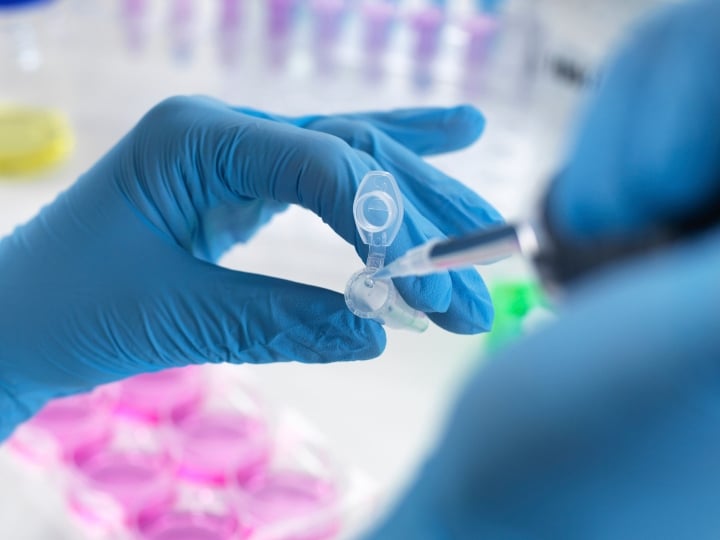Our chemical residue and contaminant analysis and testing provides detection to trace residue levels using innovative and in-depth techniques
Unknown residues can be seen on any number of surfaces or commercial products, affecting quality, performance, and possibly safety of your materials. Residues can be present in many forms, such as discrete particles, collections of particles, films, discoloration, or stains. Determining the chemical identity of the residue can help to identify methods for preventing their formation, eliminating the contamination, and preventing recurrence. Trace analysis of unknowns can also be used to identify potentially toxic species and provide information about how best to prevent or eliminate their occurrence.
The presence of unknown chemical residues or contaminants can result in customer complaints, re-work, product that does not pass quality inspections, and other issues that cost you time and money. The amount of material available for testing is often either too small for standard test methods or requires separation from a surrounding matrix. These situations require more specialized approaches than are typically available at standard testing laboratories.
How can we help you?
Intertek has a diverse set of techniques and expertise that can be used to characterize a wide variety of particles and contaminants. These include screening methods using SEM-EDS, FT-IR, Raman microscopy, and XRF to provide chemical and morphological information about the composition of residues. Additional bonding and structural information can be obtained using NMR, XRD, and XPS. If trace components also need to be identified, GC-MS, ToF-SIMS, LC-MS, and ICP-MS can be used.
Our team of experienced scientists will collaborate with you to find appropriate strategies to identify unknown particles and contaminants. We will discuss sample history (chemical exposure, processing, materials of origin, etc.) to tailor our approach to provide the testing combinations that are best suited to your specific samples.
At Intertek, we possess years of experience in identifying unknown substances in a variety of materials.
We offer a wide selection of analytical tools that can be applied to residues and contaminants. Often a limiting factor in the analysis of residues is the amount of material available for analysis. For example, small particles on a gasket or embedded in a film coating can be difficult to analyse due to both the limited amount of particles and the matrix in which they occur. In many cases, we can extract the chemical signature of the components in the particles from the surrounding matrix using the proper tools and expertise.
Intertek offers an impressive array of state-of-the-art analytical tools that are typically difficult to find in a single location. Consequently, we can offer a multi-faceted approach to identifying residues within a single laboratory. This allows for efficient collaboration between analysts and rapid modification of analytical approaches as data are collected.
Techniques offered by our experts
Examples of techniques we use for the characterization of organic residues are:
- IR
- NMR
- Raman
- GC and GCMS
- LC and LCMS
- Thermal analysis
- ToF SIMS
For inorganic residues we offer chemical identification via some combination of:
- SEM-EDS
- XRF
- XRD
- Raman
- IR
These techniques can be used to obtain complementary information about residues or contaminants to develop a full picture of their composition.
Our global presence and wide-ranging expertise across a variety of industries provides us with a large support network for additional consultation on difficult problems. This vast network of experts and resources allows us to develop tailored approaches to identifying residues that may not be otherwise suitable for testing by standard methods. Additionally, Intertek’s regulatory expertise can help to ensure that the analytical suite adequately addresses considerations required for regulatory compliance.
Many of our customers have experience in areas other than analytical chemistry. Consequently, they require some interpretation of results or translation of technical jargon. Our experts have collaborated with research, marketing, sales, regulatory, and quality personnel across a wide range of industries and can provide results in the format best suited to your specific application. We can work with you to provide a customized report according to your specifications.
With our unique blend of local and global knowledge and internationally renowned experts leading our teams, we are the ideal provider for your chemical residue and contaminant analysis testing needs.
Trace Chemical Residue Analysis

Analytical Testing Services
Trace Metals Analysis ICP-MS
